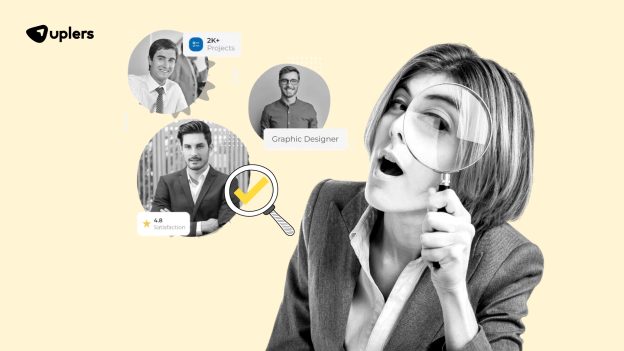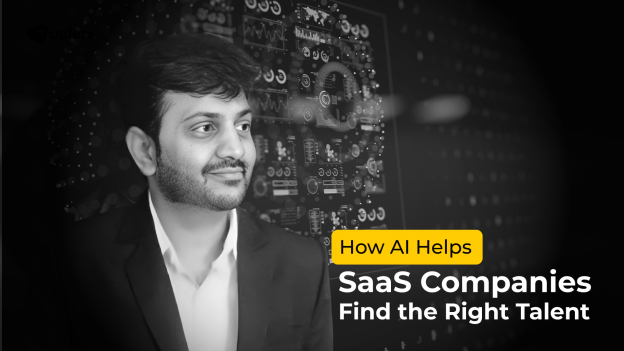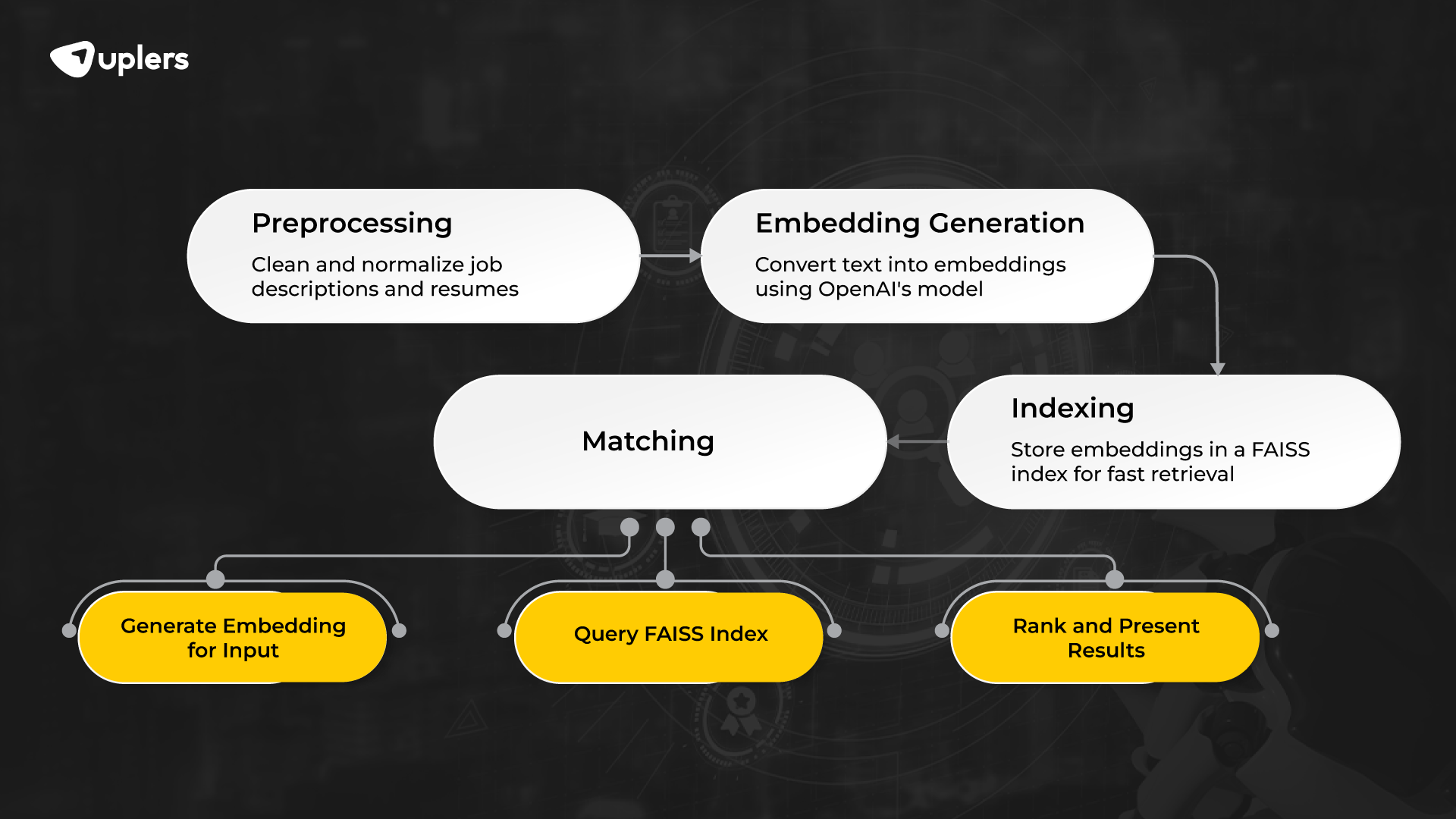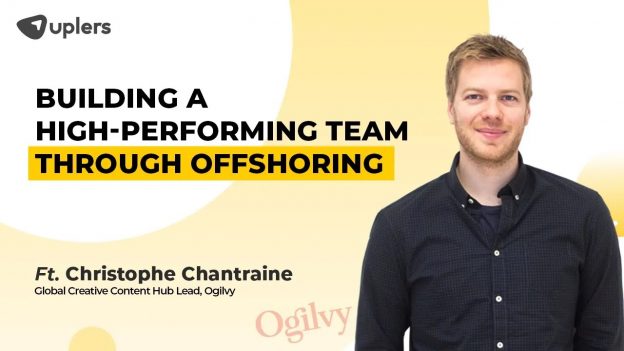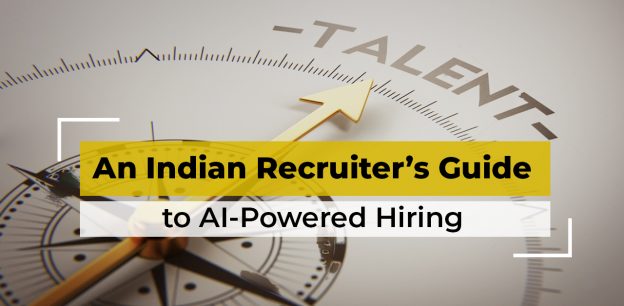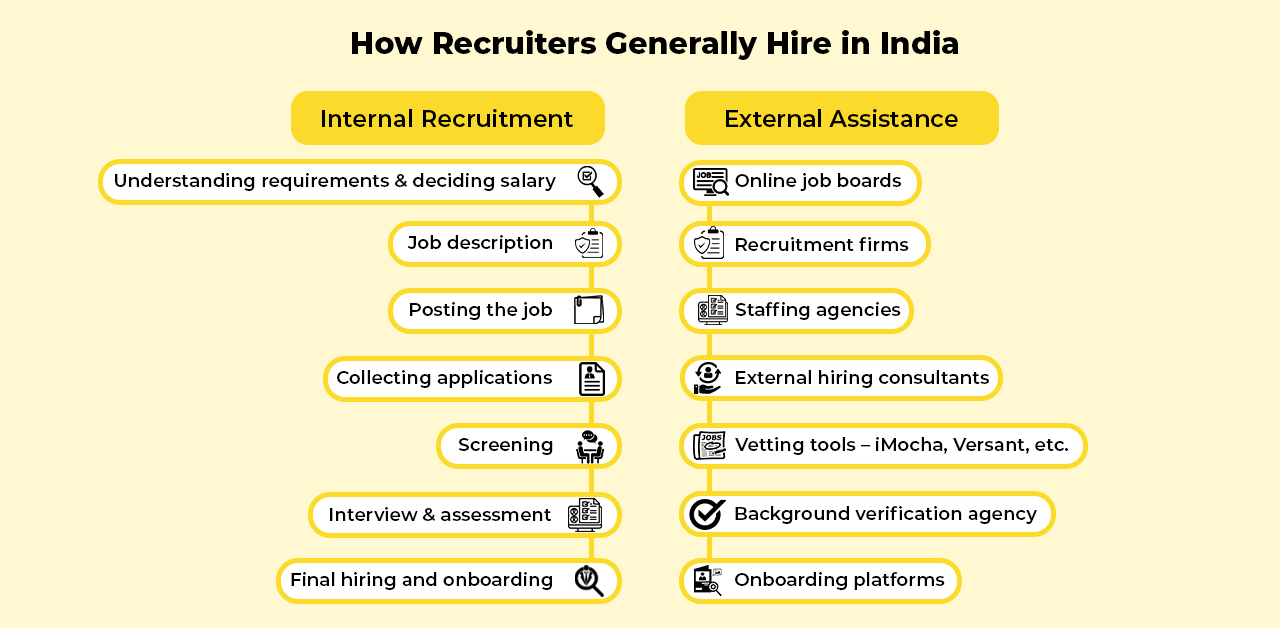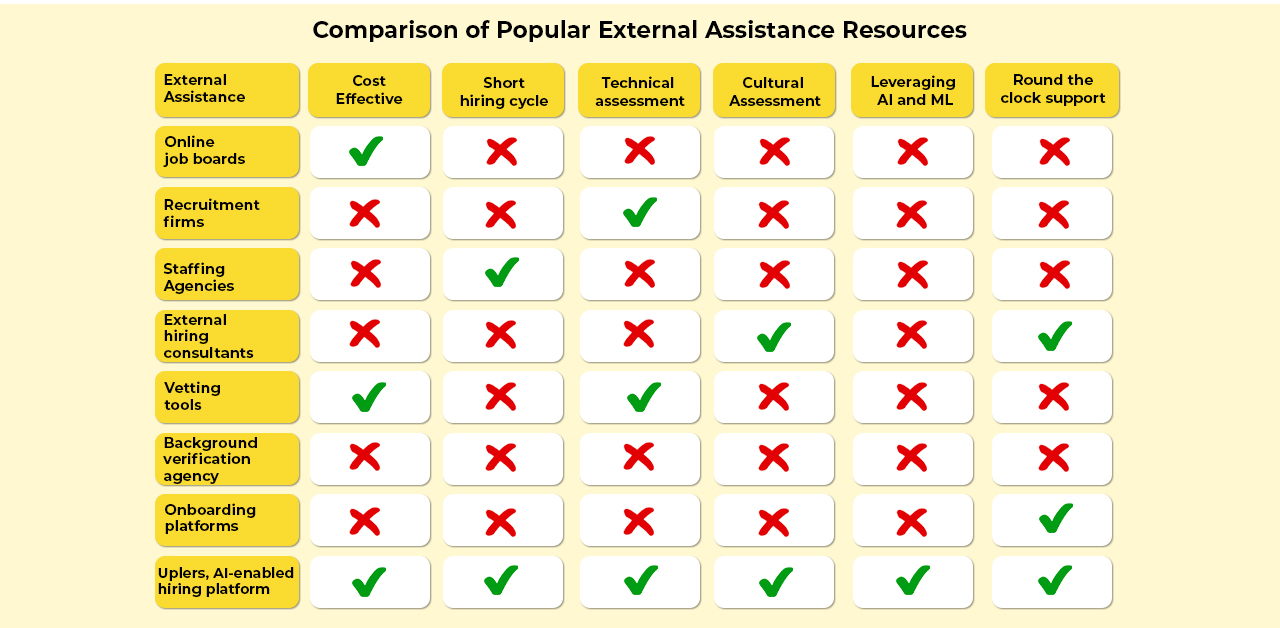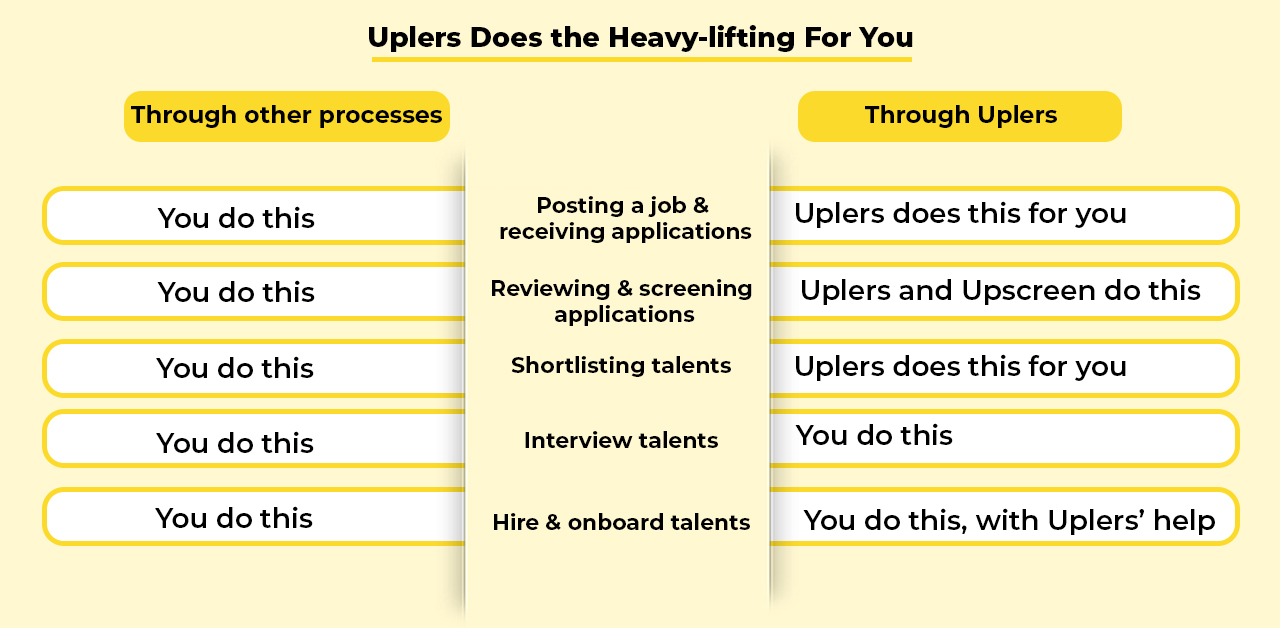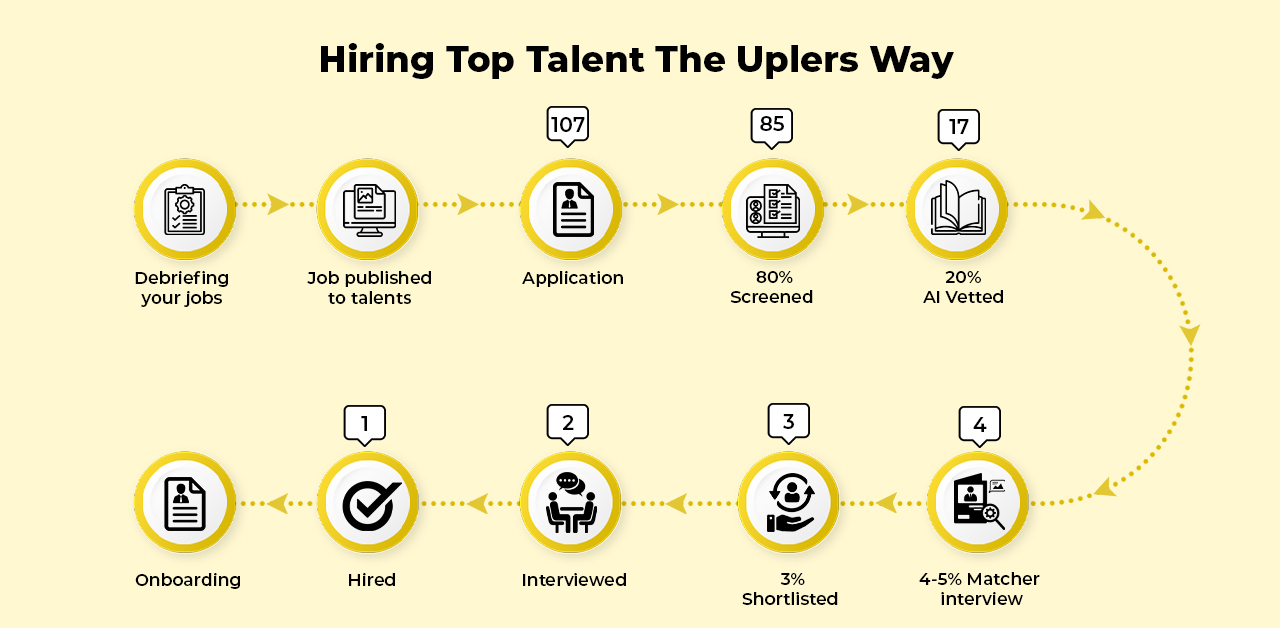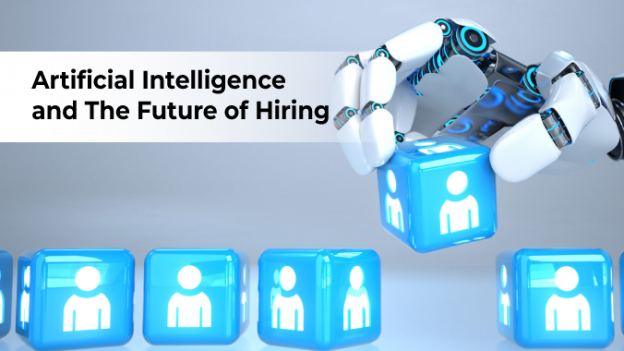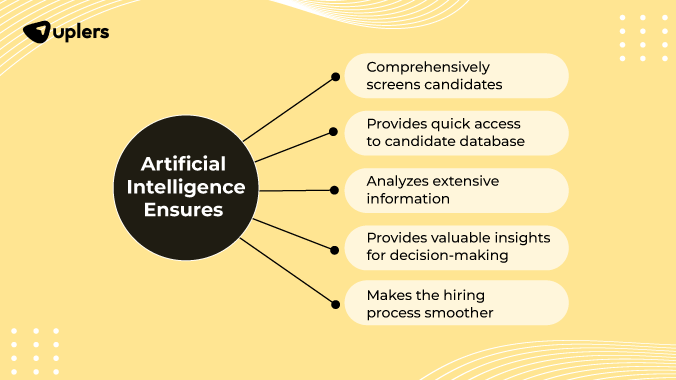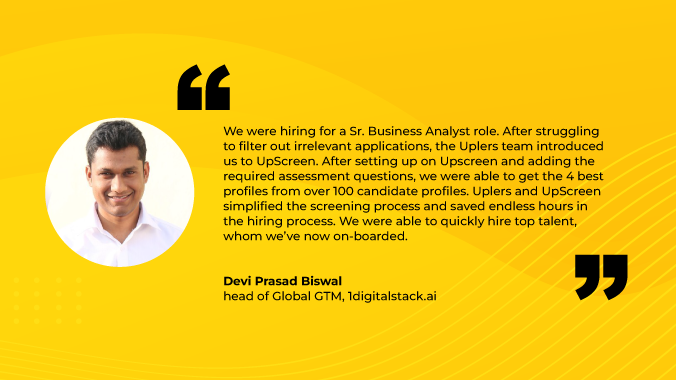Artificial Intelligence is one such technological advancement that has left no stone unturned. The rise of AI and graphic design both go hand-in-hand in the digital context of the rapidly evolving marketplace. As a result Generative AI graphic design has made its move as a game-changer, especially for SaaS businesses.
AI-powered tools are so advanced that there is almost nothing that they can’t do. Name it and these tools like DALL-E, MidJourney, and Adobe Firefly have got you covered. From designing logos, to layouts and marketing visuals, consider it done in the blink of an eye. But does this indicate that graphic designers are being obsolete? Surely not, because no technology can replace the precision, intelligence, and intellect of mankind.
While AI tools for graphic designers automate repetitive tasks, they lack the depth of human creativity, strategic oversight, and brand storytelling. Businesses, including SaaS companies still require graphic designers who are skilled in blending AI with their artistic competence for crafting compelling visuals.
Now from the lens of a hiring manager, the question in the picture would be, how do you hire a graphic designer who understands AI tools while also maintaining the touch of human originality? This blog will help you stay put on where you can find top talent, the essential skills that you should look for, and best hiring practices in the AI-led age.
Understanding Generative AI in Graphic Design
To begin with, are you aware of this term Generative AI, that has taken the market by a storm?
Generative AI in simple terms refers to the machine learning algorithms that generate new content based on trained data. In graphic design, AI generates images, layouts, and even branding elements based on text prompts. Some popular AI tools for graphic designers include:
DALL-E
Useful for AI-generated illustrations and visuals.
MidJourney
Regarded for artistic rendering for branding and advertising.
Adobe Firefly
Renowned for AI-powered image and text effect generation.
If you are wondering about how AI is modifying the design industry, here’s how:
- AI speeds up brainstorming and draft creation resulting in fast design iterations.
- The automated design processes help create templates and mockups for quick edits.
- AI can also offer personalization at scale by generating adaptive visuals based on audience data.
Despite all these advancements, why do you need human graphic designers? Why do you need to spend money separately when AI tools can take care of almost everything?
Let’s address these second thoughts!
Why Hire a Graphic Designer When AI Exists?
Does anything in this world only operate with upsides? When a coin has 2 sides, how can Generative AI graphic design be all positive? There are a few limitations that insist you hire graphic designers. Let’s check these out!
Limitations of AI-Generated Designs
Generative AI graphic design has unquestionably made remarkable progress. Yet, they come with significant limitations that as a SaaS business you must consider before solely relying on them for creative projects.
Lack of originality
AI-generated visuals are often dependent on pre-existing patterns and datasets, reducing the level of innovativeness and uniqueness compared to human-generated designs.
Limited brand identity alignment
AI can’t fully and accurately understand brand storytelling, voice, and personality, which are vital to establish a strong brand identity.
Inability to interpret complex emotions
AI faces challenges in creating designs that evoke deep emotions, cultural nuances, and customized experiences. All of these are prerequisites for marketing and engagement.
Challenges in customization and iteration
While AI is quick in generating visuals, to make precise customizations based on customer feedback can be complex and time consuming.
Ethical and legal challenges
AI-generated designs can accidentally replicate copyrighted or plagiarized content, resulting in legal risks for your SaaS business.
Dependence on human input
AI-tools demand well-crafted prompts, and unclear inputs can lead to irrelevant or low-quality content.
The Value of Human Creativity and Expertise
Despite the evolution of AI, human designers are an indispensable asset due to their ability to think critically, innovate, and craft meaningful designs. A professional graphic designer is essential for the following reasons:
Deep understanding of brand identity
A human designer has the potential to align visuals with a company’s mission, values, and audience, offering consistent and impactful branding.
Creative problem-solving approach
Unlike Generative AI graphic design, designers can brainstorm unique solutions, experiment with distinct artistic styles, and adapt based on the evolving project needs.
Strategic thinking and user experience
Graphic designers introduce a human-centric approach to UI/UX design, ensuring intuitive, engaging, and conversion-driven interfaces.
Ability to incorporate trends and market insights
Designers are updated with the latest industry trends and technological advancements, offering fresh, relevant, and competitive design solutions.
When to Use AI vs. When to Hire a Professional
Scenario | AI Tools | Human Designer |
Quick social media posts | Best suitable | Not necessary |
Custom branding and logos | Not ideal | Essential |
Complex UI/UX designs | Limited potential | Best choice |
Personalized marketing collaterals | Generic output | Tailored solutions |
Key Skills to Look for in a Graphic Designer Today
If you have understood the significance of hiring graphic designers and are looking for skilled talent, here are the key graphic designer skills that you must look for:
Let’s divide these skills into 3 broad categories and then understand what you must look for under each one of them:
Technical skills
- Graphic designers should have proficiency in AI tools such as DALL-E, MidJourney, and Firefly.
- Software expertise in Adobe Creative Suite, Sketch, Figma, and CorelDRAW.
Creative skills
- Ability to conceptualize unique brand visual elements beyond AI-generated templates.
- Strong problem-solving approach to translate business needs into design solutions.
Soft skills
- Exceptional communication power with marketing, UI/UX teams, and stakeholders.
- Ability to seamlessly adapt to evolving AI and design trends.
With a clarity on the skill set to evaluate in graphic designers, it’s time to understand how you can hire qualified experts.
Where to Find Graphic Designers with AI Expertise
Besides the contemporary online job portals and social platforms like Indeed, Naukri, Glassdoor, LinkedIn, and others, there are several platforms that SaaS businesses are turning to. Some top-rated hiring platforms globally are:
- Uplers – AI-vetted full-time remote designers with proven expertise.
- Dribble and Behance – Portfolio-based design discovery.
- Toptal and Arc.dev – Pre-vetted high quality design professionals.
Fun Fact: Since you are reading a blog on our page Uplers, there’s no harm in taking this chance to introduce you to our largest AI-powered hiring platform. Right?
Let’s understand why we claim ourselves to be the best hiring partner!
Why Uplers is the Best Bet?
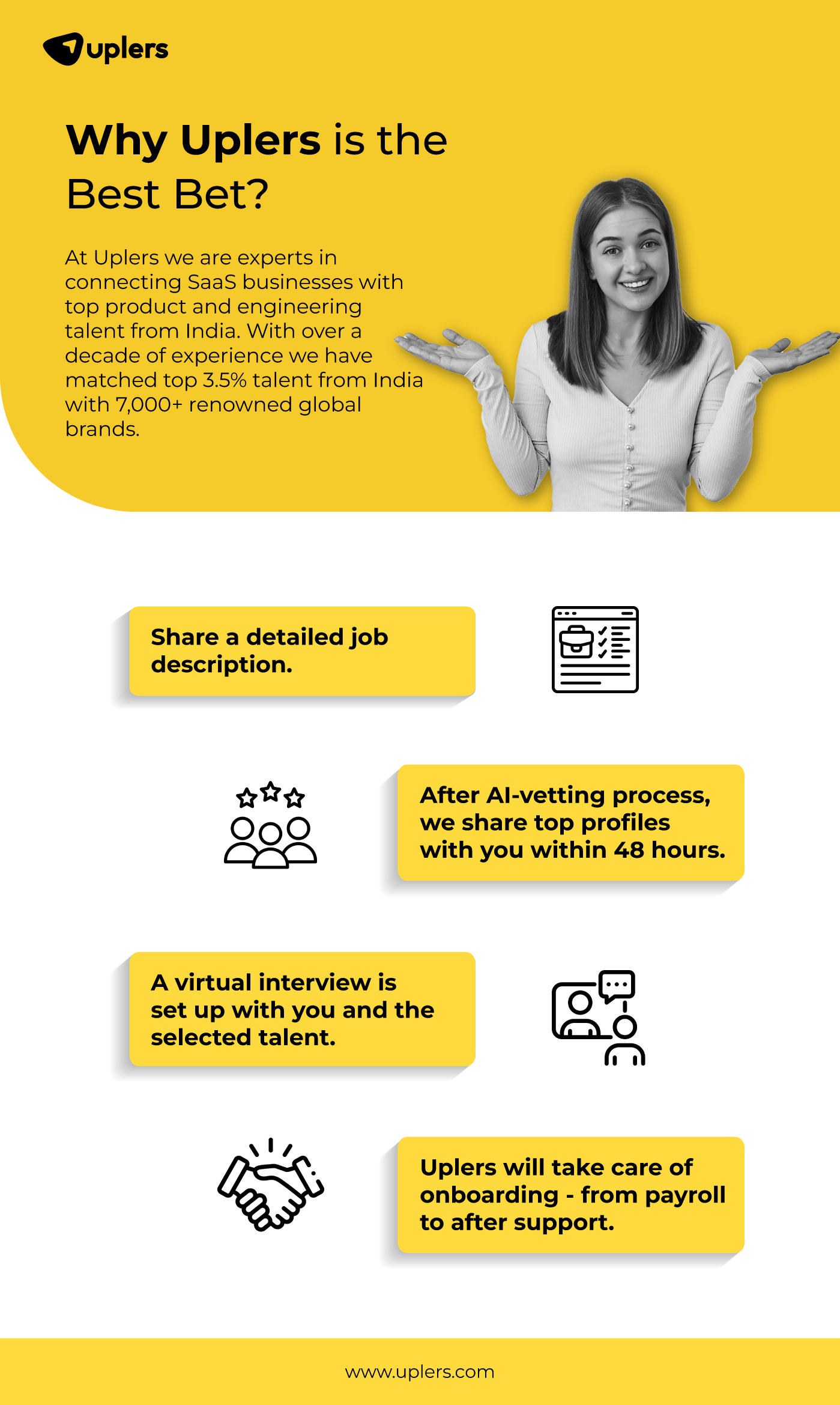
At Uplers we are experts in connecting SaaS businesses with top product and engineering talent from India. With over a decade of experience we have matched top 3.5% talent from India with 7,000+ renowned global brands.
We do this by using AI in recruitment to simplify the hiring process with our 4-step approach. Based on the job description that we gather from you, we use AI and human evaluation to shortlist the top 3.5% talent profiles from our 1.5M+ talent network. We often make sure to email you these pre-vetted profiles within 48 hours.
Our intent is to streamline the hiring of graphic designers with our AI-powered solutions. We also save you up to 40% of your hard-earned pennies while offering top-notch talent quality from India. Our lifetime free talent replacement policy instils an added layer of confidence in your remote hiring initiatives.
Therefore, leveraging a platform like ours will eliminate the hiring hassle quickly, efficiently, and cost-effectively while offering top design talents from India.
How to Vet Remote vs. Full-Time Designers
Let’s assume that you have made up your mind to hire graphic designers, now the next best decision is whether to hire remote or full-time talent. This completely varies based on your project needs, budget, and scope.
Remote designers offer flexibility, cost savings, and access to a global talent network. You can scale the team based on your needs without any geographical hiring barriers. To vet these professionals you can review work portfolios, conduct video interviews, and assess time zone compatibility.
On the other hand, full-time designers offer long-term brand consistency and on-site collaboration. You can evaluate them based on cultural compatibility, availability for in-house projects, and long-term commitment.
Irrespective of the hiring approach, one thing that stays constant is the evaluation of skills, experience, and communication power to ensure high-quality design outcomes.
Evaluating a Graphic Designer’s Portfolio in the Age of AI
When considering AI and graphic design, portfolio evaluation is a vital aspect of the hiring funnel that can’t be overlooked. In the era of AI, you must be thorough with what all you need to evaluate in a graphic designer’s portfolio.
What to Look for in a Portfolio
- Look for versatility in their design styles from minimalist branding to complex UI/UX layouts.
- Look for projects that showcase brand consistency, strategic thinking, and effective visual storytelling.
- Evaluate the prior experience of the designers working for SaaS companies, eCommerce, or marketing campaigns.
- Ensure that the designer can blend AI tools for graphic designers with original creativity.
- Observe their attention to detail that is revealed in the high-quality typography, color harmony, and layout precision they use.
How to Spot AI-Generated Work vs. Human-Created Designs
Let’s help you carve the fine line of distinction between both:
AI-Generated Work | Human-Created Designs |
Overly smooth with generic styling. | Unique brand-specific aesthetics. |
Repetitive patterns across the majority of the visuals. | Designs are tailor-made to your custom project requirements. |
Limited flexibility in revisions. | The designs are adaptable to feedback. |
Red Flags and Green Flags in a Designer’s Work
Despite having the resume and conducting a work portfolio evaluation, you must know the signs to verify the truthfulness of these claims.
Red Flags to Watch Out | Green Flags to Watch Out |
High-level education and too many certifications, but no real-world exposure. | Strong industry experience backed by a professional track record. Work experience in the same niche could be an add-on asset. |
Over-reliance on AI templates. | A judicious balance can be seen in AI and manual design work. |
Interview Questions to Ask When Hiring a Graphic Designer
Interview is a part and parcel of any hiring approach be it traditional or contemporary, be it on-site or remote recruitment, or be it via online job sites or hiring platforms. When choosing to hire talent for Generative AI graphic design you must ask the following set of questions:
Questions About AI Tools and Experience
- Which AI tools for graphic designers have you explored and how did they enhance your design outcomes?
- Can you provide an example where you used AI-generated elements in your project to maintain creative control?
- How do you ensure that AI-generated designs align with your brand identity and don’t look generic?
- What are the biggest limitations of using AI tools in graphic design and how do you work around them?
- How do you balance using AI and graphic design with original, human-created designs?
Questions About Creativity and Problem-Solving
- Please walk me through a challenging design project you worked on and how you solved it?
- What’s your approach to creative brainstorming when working on a new project?
- Have you ever worked on a SaaS company’s branding or UI/UX design? If so, what is your process?
- How do you ensure to make your design stand out in a competitive marketspace?
- Share an instance where a client rejected your design and how did you handle feedback and make improvements?
Questions About Collaboration and Workflow
- How do you collaborate with developers, marketers, and product teams on a design project?
- How do you handle tight deadlines and last-minute design revamps?
- What’s your preferred design workflow from concept to final delivery?
- What tools do you use for project management and file sharing?
- Can you state a time when you had to compromise on design due to business or time constraints?
Cost of Hiring a Graphic Designer vs. Using AI Tools
You might wonder when there are top-rated AI tools available in the market, won’t that be cost-effective as compared to hiring graphic designers? Well, no you are wrong there. The initial investment in terms of the salary of graphic designers might seem high, but it surely pays off in the long run.
Let’s use a salary benchmarking tool that we have developed at Uplers. This tool intends to provide you real-time salary insights for tech and digital roles between your location and India. As per the data from this tool, you can hire graphic designers from India with proficiency in using AI tools between $10,000 to $21,000 annual salary. Moreover, you can avail a bumper saving when you choose to hire with platforms like Uplers. You can hire top 3.5% graphic designers with AI proficiency at up to 40% cost-savings.
On the other hand, if you choose to invest in AI tools the subscription models vary based on the tool. For instance, Adobe Firefly has a basic plan that starts from $9.99 monthly, Uizard charges anywhere between $12 to $49 monthly, and so on.
Wait, that’s not it! It might sound feasible but you are mistaken. There are still clauses attached to this, like for Uizard you might be attracted with the free access they offer for first 2 projects, but what about their paid plans from 3rd project? Likewise, another tool called MidJourney offers paid plans from $10 to $12 but restricted to certain hours of use.
Can this be your permanent solution? If I were you, surely not!
Considering the evolving role of AI in graphic design, hiring graphic designers with AI and graphic design proficiency can be more cost-effective and advantageous for the long-term haul. Also, when you appoint talent via hiring platforms like us, you need not spend on training designers with AI tools, as they are already experts at it.
How to Train Your Graphic Designer to Use AI Tools
When you are incorporating AI and graphic design, making sure that your designers are on top of this advancement is a must. While AI surely can’t replace human intuition and originality, it can be a powerful assistant if and when used correctly.
Upskilling Your Design Team
You must encourage constant learning to keep your designers ahead of the curve. Begin by introducing them to a few structured AI training programs, online courses, and workshops that focus on how AI integrates with traditional design workflows.
Also encourage designers to experiment with AI tools such as Adobe Firefly and MidJourney to understand their strengths and weaknesses. Mentorship and peer learning can also assist the designers in efficiently navigating the shift towards AI-assisted design.
Best AI Tools for Designers to Learn
Graphic designers need to familiarize themselves with leading AI-powered tools that can enhance creativity in their designs while smartly leveraging AI. Some most effective tools include:
- Adobe Firefly – AI-powered image and text effect generation for creative projects.
- DALL-E – AI-generated illustrations and concept art creation.
- Runway ML – AI-driven video editing and motion graphics.
- Figma AI – Smart layout and design assistance within UI/UX projects.
Benefits of AI Training for Your Business
Integrating AI into the design process will not prove to be beneficial for the designers, but also enhances business efficiency and creativity. AI-powered tools have the potential to automate repetitive tasks, speed up production, and offer high-value work like brand storytelling and user experience optimization.
You could also experience a substantial cutdown in costs of external AI services if you train your designers in these AI tools. Investing in upskilling designers will ensure that your business remains ahead in the future of AI-powered graphic design while maintaining a strong human touch in branding.
Finding the Right Graphic Designer in the AI Era
AI is set to reshape the graphic design industry, influencing both the creative flow and hiring practices. With tools like Adobe Firefly and DALL-E, Generative AI graphic design has several positives and negatives to offer. As a result, the future of hiring in design will be more focused on professionals who can blend AI-assisted capabilities with human creativity. This will ensure brand consistency and audience engagement while also staying ahead in the AI-game.
Ultimately, AI must be considered as an enhancement, not a replacement for human creativity. By striking a balance between automation and human expertise, you can build a stronger and more impactful brand for your SaaS business. The demand for versatile AI-savvy engineers is only skyrocketing and investing in the right talent today will offer long-term success. Bring your creative vision to life with designers who combine AI knowledge with artistic experience.
